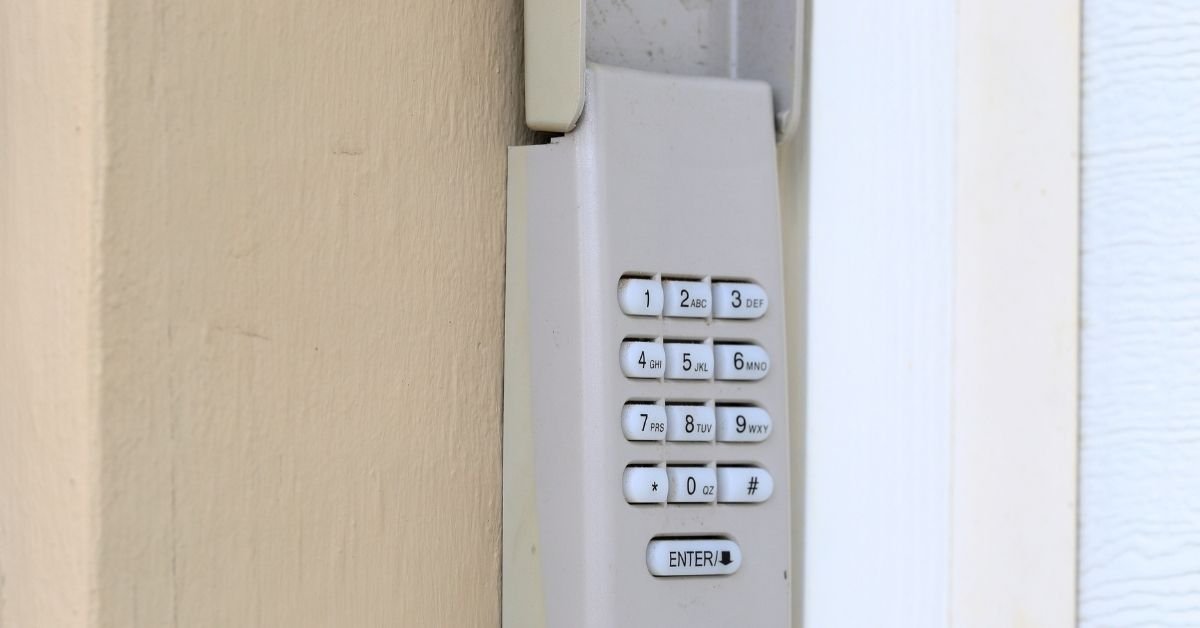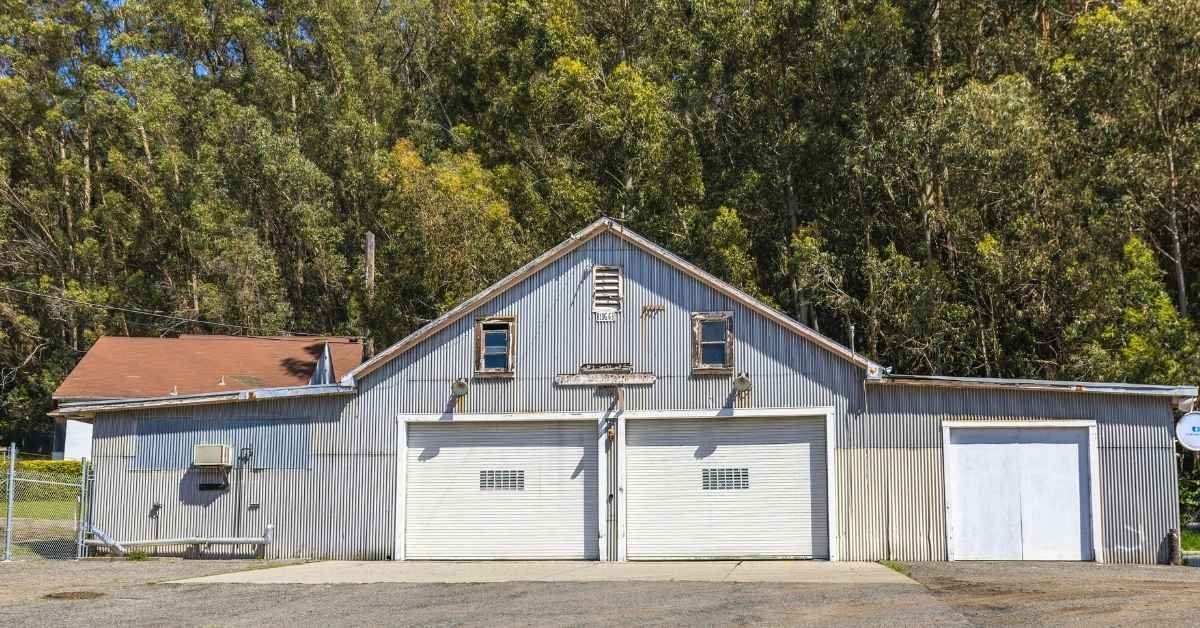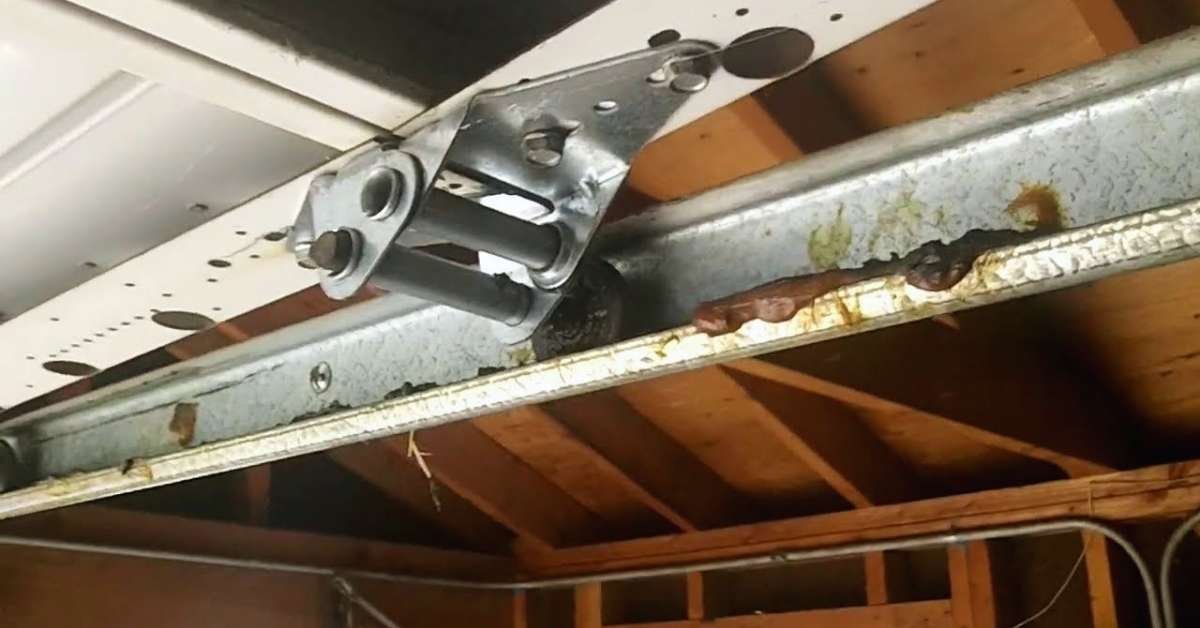How to Keep Your Garage Floor Dry in Winter: The Art of Winter Proofing
Imagine a crisp winter morning. You step into your garage to fetch something from your car or to work on a DIY project, and what do you find? A dry and welcoming space, thanks to your proactive efforts to keep your garage floor protected. Winter might bring moisture, ice, and snow, but your garage floor doesn’t have to suffer. In this guide, we’ll explore the art How To Keep Your Garage Floor Dry In Winter, showing you how to keep your garage floor dry and pristine, no matter how harsh the winter gets.
Table of Contents
Weatherproofing the Garage Door
Winter-Proof Your Garage: Keep Your Floor Dry with Proper Door Sealing
To keep your garage floor dry during winter, start by weatherproofing the garage door, as it serves as the main entry point for moisture. Proper sealing prevents snow, rain, and cold air from seeping in. By reinforcing the door’s insulation and sealing gaps, you can effectively protect your garage from winter elements.
Weatherstripping: Install weatherstripping around the garage door to seal any gaps. This simple step can prevent cold drafts and moisture from entering your garage.
Insulation: If your garage is attached to your home, consider insulating the garage door itself. Insulated garage doors help regulate temperature and reduce the risk of condensation.
Floor Inspection and Repair
Before winter arrives, inspect your garage floor for any cracks, imperfections, or existing damage:
Fill Cracks: Repair any cracks in the garage floor using an appropriate concrete filler. Cracks can allow water to seep through, leading to a damp floor.
Resealing: If your garage floor has been sealed, consider reapplying a high-quality concrete sealer. This acts as a protective barrier against moisture penetration.
Use Garage Floor Mats
Garage floor mats, especially containment mats, can be lifesavers in regions with heavy snowfall. These mats trap snow, water, and debris, keeping them contained and away from your garage floor. They’re easy to clean and help maintain a dry environment.
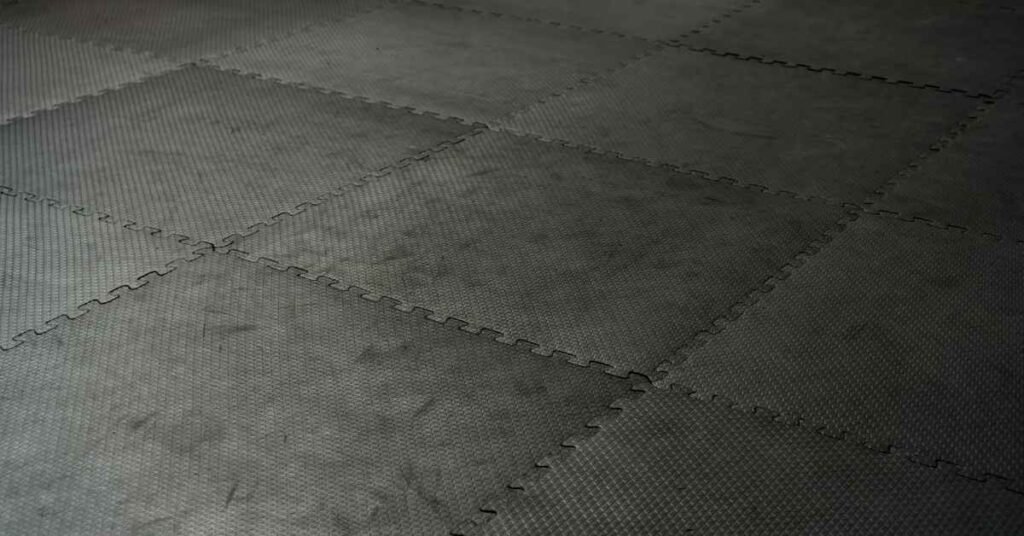
Proper Garage Ventilation: Maintaining adequate ventilation in your garage is essential to keep it dry. Proper ventilation helps prevent moisture buildup.
Here’s what you can do?
Use a Dehumidifier: Invest in a dehumidifier to control humidity levels in your garage. Lower humidity reduces the chances of condensation and moisture buildup.
Ensure Good Ventilation: Ensure your garage is well-ventilated, especially if you use it for tasks that generate moisture, such as washing your car. Good ventilation prevents moisture from lingering in the air and settling on your garage floor.
Protection Against Salt and Chemicals
If your area uses salt or chemicals for winter road maintenance, it’s crucial to safeguard your garage floor:
Floor Mats: Place mats at the entrance of your garage to capture salt and chemicals on footwear.
Regular Cleaning: Periodically clean your garage floor during the winter to remove salt and chemical residue.
Consider Heated Flooring
For regions with harsh winters, consider a long-term solution like heated garage flooring. Radiant heating systems can be installed beneath your garage floor, preventing snow and ice accumulation.
Organize and Elevate Items
Elevating items on shelving or platforms helps protect them from potential water damage due to moisture on the garage floor.
Inspect and Reinforce Garage Seals
Garage Door Seals: Examine the condition of the garage door seals and replace any worn or damaged seals. A tight seal keeps out moisture and drafts effectively.
Bottom Seal Replacement: Don’t forget to check the bottom seal of your garage door, which can deteriorate over time. Replacing it ensures a watertight barrier.
Elevate Garage Storage
Shelving and Cabinets: Invest in sturdy shelves and cabinets to elevate your storage items off the ground. This not only prevents contact with potential floor moisture but also keeps your belongings organized.
Pegboards and Wall Hooks: Utilize wall space with pegboards and hooks for hanging tools and equipment. This not only saves floor space but also avoids contact with any wet areas.
Floor Drain Installation
Professional Installation: Consider having a floor drain installed in your garage. This practical solution allows any water or melting snow to drain away efficiently.
Maintenance: Ensure that the floor drain is well-maintained so it functions properly when needed.
Snow Removal Practices
Regular Snow Removal: Develop a snow removal routine for the area around your garage. Promptly remove snow from driveways and walkways to prevent it from melting and seeping into your garage.
Snowmelt Systems: Explore installing a snowmelt system in your driveway to minimize snow accumulation near your garage.
Garage Floor Epoxy Coating
Epoxy Protection: Consider applying an epoxy coating to your garage floor. Epoxy creates a durable, water-resistant surface that’s easy to clean and maintain.
Professional Application: For the best results, have an epoxy coating professionally applied, ensuring proper preparation and application.
Emergency Cleanup Supplies
Readily Accessible Supplies: Keep emergency cleanup supplies, such as absorbent materials and a wet/dry vacuum. These can be essential in case of unexpected water or moisture intrusion.
Regular Garage Maintenance
Preventative Maintenance: Implement a regular maintenance schedule for your garage. This includes checking for leaks, cracks, or other issues that might lead to moisture problems.
Garage Door Inspection: Regularly inspect the garage door and its components to ensure they function correctly. Address any problems promptly to maintain a dry environment.
Consider Garage Floor Sloping
Professional Assessment: Consult a professional to evaluate the possibility of sloping your garage floor slightly towards a floor drain. Proper sloping encourages water to flow away from the interior.
Proper Storage Practices
Garage Organization: Organize your belongings efficiently, keeping items off the floor whenever possible. Proper storage practices help maintain a clean and dry garage floor.
Landscaping Around the Garage
Grading and Drainage: Ensure the ground around your garage is properly graded to facilitate water drainage away from the building. Proper landscaping can help prevent water from flowing toward the garage.
Use Floor Mats
Floor Mat Selection: Invest in high-quality floor mats designed to trap moisture and debris. These mats are especially useful near garage entrances to prevent tracked-in water and salt from reaching your garage floor.
Regular Cleaning: Make it a habit to clean and maintain these mats regularly to ensure their effectiveness in keeping your garage floor dry.
Portable Dehumidifiers
Dehumidifier Placement: Consider placing a portable dehumidifier in your garage. Dehumidifiers help control the humidity level, reducing the risk of condensation and moisture buildup.
Proper Sizing: Choose a dehumidifier that is appropriately sized for your garage space to maximize its efficiency.
Ventilation Improvement
Ventilation Systems: Evaluate your garage’s ventilation system. Proper ventilation helps reduce humidity and minimizes the chances of moisture accumulation.
Garage Windows and Vents: If your garage has windows or vents, ensure they are functioning correctly and not allowing moisture to enter during wet and snowy weather.
Weatherstripping Maintenance
Check and Replace: Periodically check the weatherstripping around your garage door. Replace any worn or damaged weather strips to maintain a tight seal.
Seal Gaps: Look for gaps and cracks around the door frame and seal them to prevent water infiltration.
Garage Floor Coatings
Polyprotic Coatings: Explore the use of polyprotic coatings for your garage floor. These coatings offer exceptional resistance to moisture, chemicals, and abrasion, ensuring a dry and long-lasting surface. DIY or Professional: Depending on your expertise, you can apply these coatings as a DIY project or hire professionals for a seamless finish.
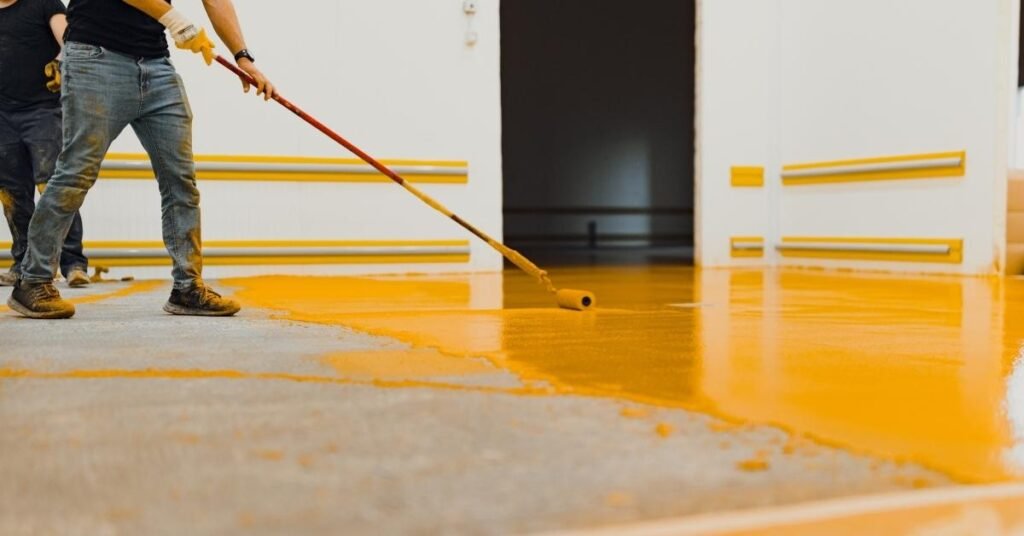
Moisture Barrier Installation
Subfloor Moisture Barriers: In cases where extreme moisture is a persistent issue, consider installing a moisture barrier under your garage floor. This barrier prevents moisture from infiltrating your garage.
Professional Guidance: Installation of moisture barriers often requires professional expertise to ensure proper sealing.
Garage Ventilation Fans
Air Circulation: Installing garage ventilation fans helps to maintain proper air circulation, reducing humidity levels. Improved air circulation aids in moisture control.
Timed Operation: Many ventilation fans can be set to run at timed intervals, which is particularly useful in managing humidity during wet conditions.
Seasonal Cleaning Routine
Pre-Winter Cleanup: Before the winter season, implement a thorough cleaning routine for your garage. Remove any debris, organize your belongings, and check for signs of moisture or leaks.
Post-Winter Inspection: After the winter season, conduct a post-winter inspection and cleaning to ensure no hidden moisture issues have developed.
Garage Gutters and Downspouts
Proper Drainage: Ensure your garage has gutters and downspouts to direct rainwater away from the building. This helps prevent water from pooling around the garage. Clear Obstructions: Regularly clear debris from gutters and downspouts to maintain their effectiveness.
Final Thought
Your garage is a valuable extension of your home, and keeping it dry and protected during winter is essential. By weatherproofing your garage door, inspecting and maintaining your garage floor, using mats, and taking precautions against salt and chemicals, you can ensure your garage floor remains dry and in excellent condition. Embrace these strategies, and you can confidently face the winter season, knowing that your garage is a haven for your vehicle and possessions. Protect your garage floor, protect your investments, and enjoy a dry winter season.

